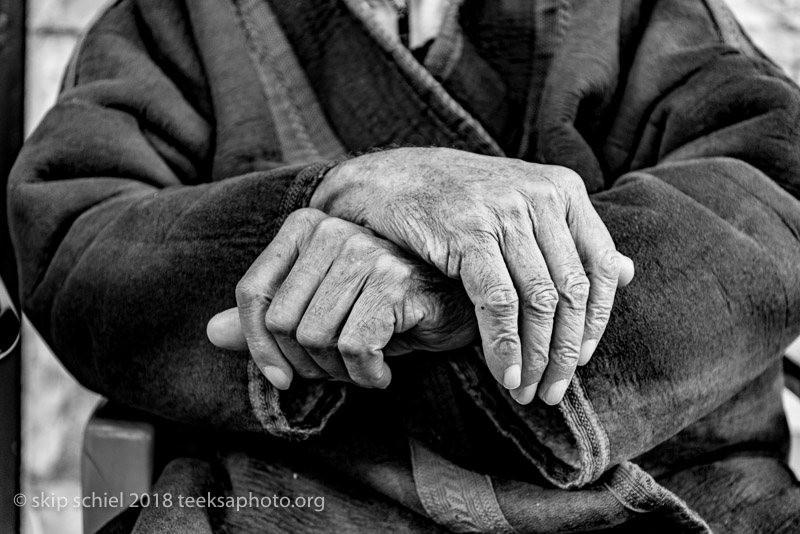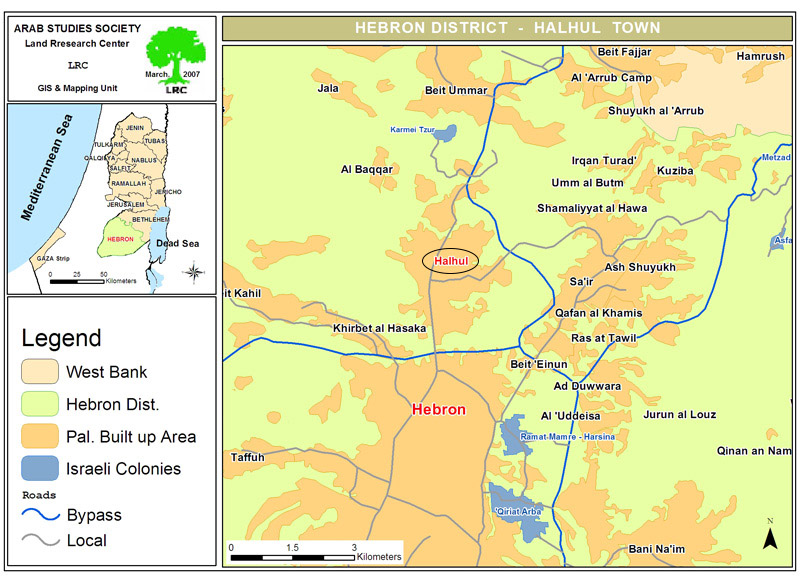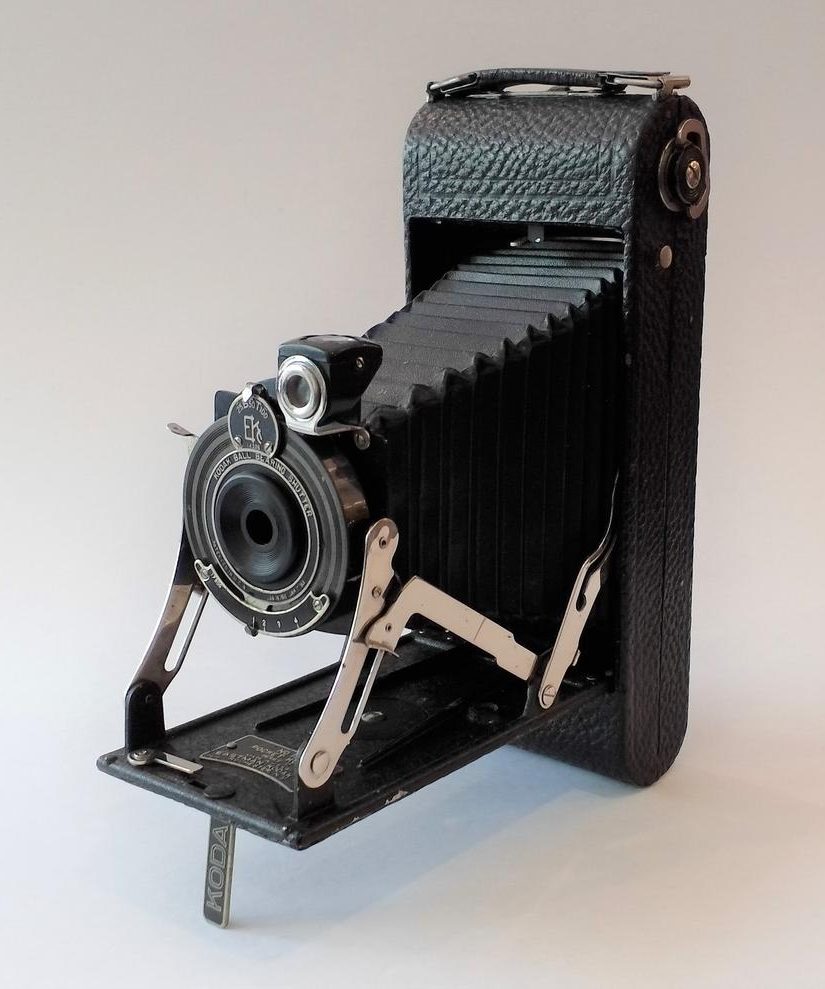From my journal and letters, my dispatches from the field, as I photograph internally displaced refugees in Gaza and the West Bank, plus their ancestral lands. (and as I photograph the Alternatives to Violence Project (AVP) trainings at least in Bethlehem, Hebron, and Ramallah, Gaza as well if I get my entry permit from Israel)
September 18, 2018, Tuesday, Hebron
PHOTOS (of the Jaffa Gate/Bab al Khalil area where he was expelled from in 1948)

 This afternoon’s mission had begun as part of my project, to meet, interview, and photograph Eman Wawi’s grandfather. (She was one of the translators and facilitators for our Alternatives to Violence Project [AVP] trainings.) I’d asked earlier and she’d agreed. Initially she suggested her grandfather but she changed that to another old man with better memory. Now we waited in her home with her family for her cousin who would drive us to meet the man in Halhul where he lived. Thanks to Rebecca who grew tired and impatient waiting for the cousin, she persuaded Eman to phone someone and so we finally departed after meeting her father, enjoying the family’s hospitably. We moved on.
This afternoon’s mission had begun as part of my project, to meet, interview, and photograph Eman Wawi’s grandfather. (She was one of the translators and facilitators for our Alternatives to Violence Project [AVP] trainings.) I’d asked earlier and she’d agreed. Initially she suggested her grandfather but she changed that to another old man with better memory. Now we waited in her home with her family for her cousin who would drive us to meet the man in Halhul where he lived. Thanks to Rebecca who grew tired and impatient waiting for the cousin, she persuaded Eman to phone someone and so we finally departed after meeting her father, enjoying the family’s hospitably. We moved on.

Growing up in Halhul she seemed to know most everyone we met on the street. She hailed a friend to drive us to meet a taxi. The old man we were to meet, Yousef Albaba, was waiting for us with a retinue of family. Perhaps they expected a professional crew of moviemakers, not we simple people with limited equipment and skills.

Once again I proved the signature klutz in operating equipment. On my new audio recorder I’ve mastered the settings, for now, but forgot again that Standby mode, means for a sound check, and is not the Operation mode. So the first part of this energetic tale, aided considerably by Eman and the man’s son, later by Rebecca, is forever lost. Luckily I eventually noticed the recorder was resting, switched it from Standby to Record, and tried to recover some of the loss by re-asking some key questions.
The essence of his story is that he was raised in Halhul, moved to the Old City of Jerusalem in the mid 1940s, apparently posted there as a Palestinian policeman, shifted into some commercial work selling and transporting grapes grown in his village, and two years later Israel displaced him and his entire neighborhood at the start of the Nakba. His is a much different story than the usual: He had a home to return to. Does he qualify as internally displaced?
Regardless of his actual story, he is a radiant man, often with a wry smile, 90 years old, a walker beside him, wears an unusual cap, uses his hands effectively, family around him, apparently practiced in telling his story. I notice that such stories are part of family lore; they are not hidden, not now at least. Contrasting with the first generation of holocaust survivors in Israel whom the new generation of Jewish Israelis badly treated, discrediting them, their stories submerged.
Urged by his family, he showed me the key to one of his houses. Which one? In the Old City most likely. Reviewing the photos later I realized to my horror that he held the key with the notched part hidden in his palm, the round end exposed. I should have noticed and asked him to hold the key so we could view it is a key, not a rod with a round object on one end.

He and his son tried to make perfectly clear where he’d lived in Jerusalem’s Old City. Near the Bab al Khalil, they said, the gate of the road to Hebron, now known as the Jaffa Gate. He claimed his original site is now in the Jewish Quarter. (Later, while photographing that thriving, busy, hectic area just inside the Gate I learned that Bab al Khalil opens to the Armenian Quarter to the south, and the Christian Quarter to the north.) When I asked if there was anything I might bring from his current home to deposit at his home site in the Old City, or bring from there to return to him in his current home, he explained that nothing remains. To the victors go the land.

Asked about dreams, he said he had none, or so I gathered from Eman’s translation. Even after I tried to inspire him by telling my story of frequently dreaming of my old Chicago home which centered on Caldwell School, the boys’ toilet area. (However, I didn’t tell him that once I actually visited my old school, decades after I’d graduated, that dream cycle vanished—no more images of the school.) Such a return visit would be impossible for most internally displaced Palestinian refugees.
Rebecca is an asset. She asked good questions, became more of the focal point of the interview which relieved me of that role so I could concentrate better on the photography, and she is affable. The daughter-in-law of the man gave her a beautiful embroidered tissue paper holder.
Unfortunately, in the rush to leave I forgot to ask if I might photograph inside the house.

(Later I intend to post my photos and videos of the Jaffa Gate area as it exists today, including a portrait of a Palestinian man who’s lived there since 1942.)
LINKS
- Halhul Town Profile – The Applied Research Institute Jerusalem (2009)
- A house demolished, three others threatened in the town of Halhul (2007)
- BADIL, Resource Center for Palestinian Residency Refugee Rights
- ZOCHROT (Remembering)
An Israeli nonprofit organization founded in 2002. Based in Tel Aviv, its aim is to promote awareness of the Palestinian Nakba (“Catastrophe”), the 1948 Palestinian exodus. Its slogan is “To commemorate, witness, acknowledge, and repair.” - B’TSELEM– The Israeli Information Center for Human Rights in the Occupied Territories
Strives to end Israel’s occupation, recognizing that this is the only way to achieve a future that ensures human rights, democracy, liberty and equality to all people, Palestinian and Israeli alike, living on the bit of land between the Jordan River and the Mediterranean Sea. - Israeli Society and the Holocaust
TO BE CONTINUED

I feel like I am right there with you and Rebecca!
LikeLike